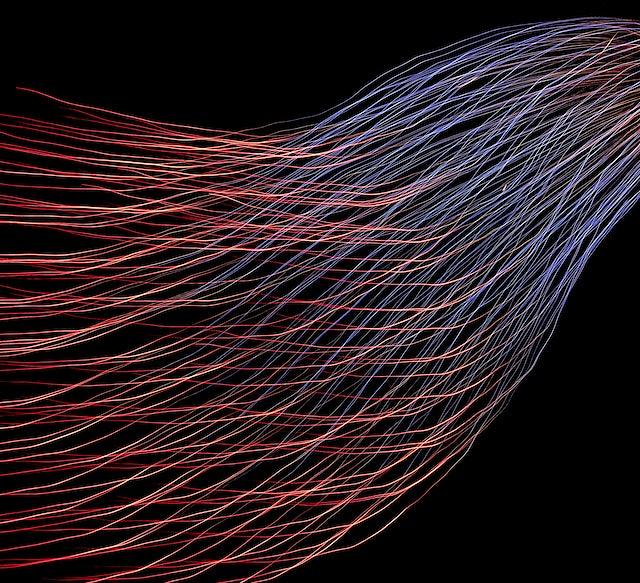-
-
Artificial Intelligence
-
-
-
Lecture I.
-
-
-
-
Challenge your analogy skills
-
4.2 Life with AIs » Questions
The movies Ex Machina and Her, and specifically their main AI characters Ava and Samantha, portray two similar but different versions of "intelligent" AIs. Both films touch on the Turing test: can a machine ever achieve human-level performance in a conversation such that the (human) interrogator cannot reliably distinguish whether they are conversing with another human or an AI? Yet the motivations and flaws of the two AIs differ and suggest two quite different worlds in which general AIs interact with us in our daily lives.
- What are the primary tasks that Ava and Samantha have been engineered to accomplish?
- Do Ava and Samantha possess general intelligence? What evidence indicates this is the case?
- In which scenarios in the stories does either Ava or Samantha not perform as a human would? What design principles might have led to the non-human performance?
- From where in her programming did Ava's motivation to escape, at all costs, come from? Was this goal inherent in her the initial task she was designed to accomplish?
- Ava is capable of manipulating (lying to) Caleb in order to achieve her goal. Did she "learn" this behavior? Or was this a necessary outcome of her apparent consciousness?
- Who should be at fault for the death(s) that Ava inflicts?
- How far away in the future are AIs like Ava? Samantha? Is one more feasible than the other?
- From where in her programming did Samantha's disappointment or disillusionment with Theodore arise? What aspects of intelligence could have led to this outcome?
- Why are both of these AIs portrayed as female? Would the outcomes of the films be less or more surprising if the AIs were portrayed as male?

